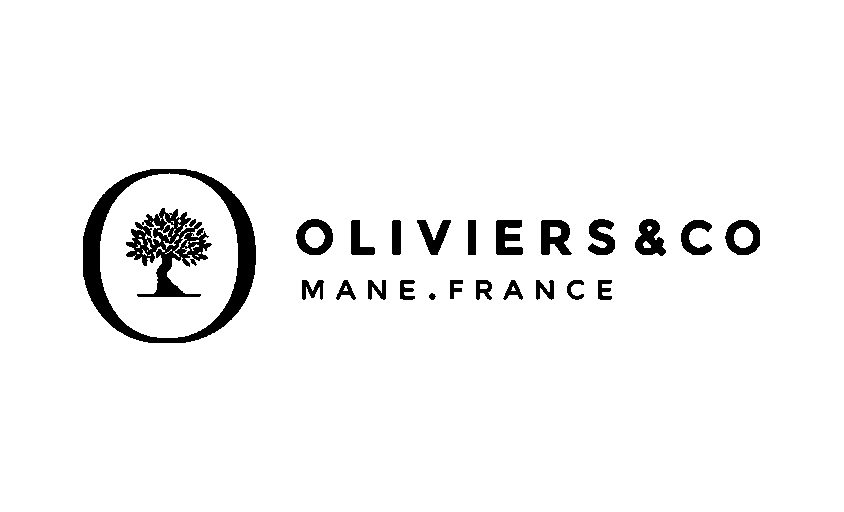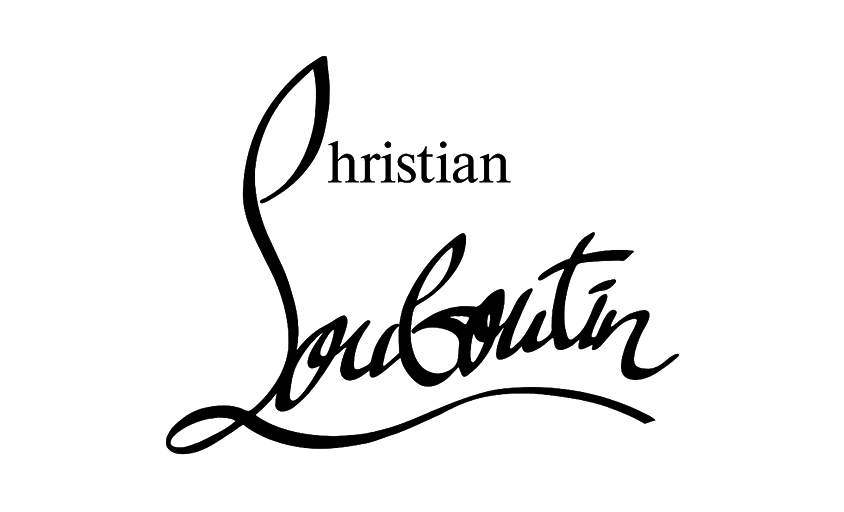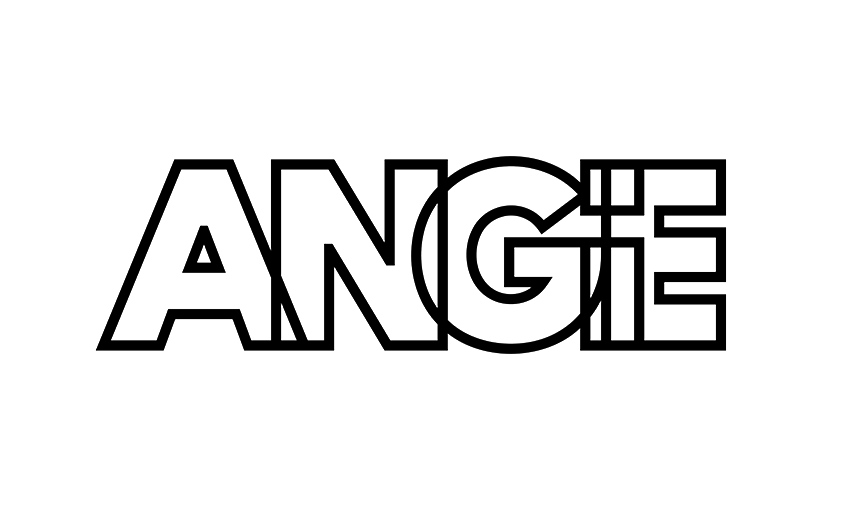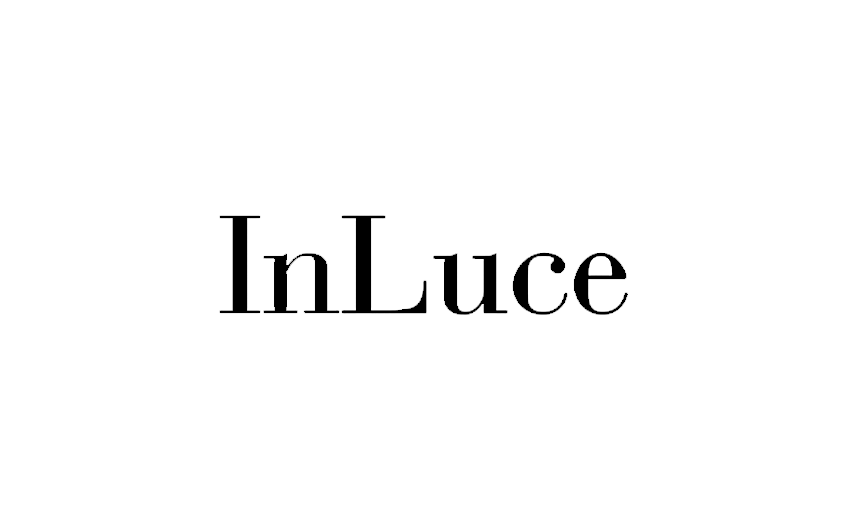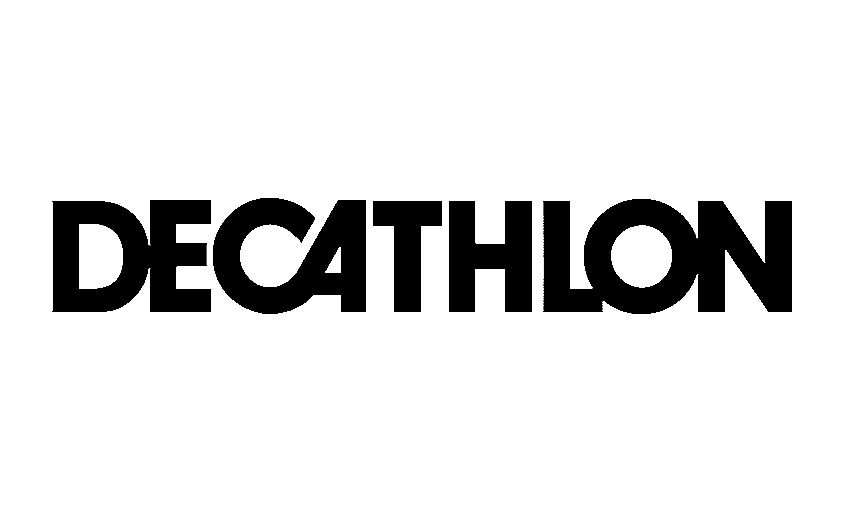Photographic print
In this article :
Today, billions of photographs exist solely in digital form. They live on our phones, on social media, in clouds, sometimes forgotten, sometimes erased. A photographic print, on the other hand, offers them a different fate: to exist physically, to pass through time, to be exhibited, shared, and collected.
But behind this simple word lies a diversity of practices, techniques, and aesthetic choices. Because printing a photograph is not simply “printing” it: it’s about choosing how to give it form, material, texture, and depth.
Why Print Your Photos?
Printing an image is a way of affirming its value. It takes it out of the continuous flow of screens and gives it the status of an object, a presence. For professional photographers, it’s often an essential step: a well-executed print adds value to a work, structures an exhibition, and legitimizes an artistic approach.
But for others (enthusiasts, collectors, image lovers), it’s also a matter of pleasure. Seeing your photo “in real life,” framed on a wall or carefully stored in a portfolio, radically changes the way you perceive it. You rediscover details, nuances, and ambiance.
A good print is also:
- A sales medium (numbered print or open edition)
- A communication tool (exhibition, portfolio)
- A memory act (family photography, documentary, archiving)
- A way to create a work, beyond just a digital file.
The Main Types of Photographic Prints
There are several printing methods, each with its own specifics. The choice depends on the desired result, budget, use (storage, exhibition, sale), and the relationship one wishes to maintain with the material and image.
1. Pigment Ink Print (or Fine Art Printing)
This is currently the reference method in contemporary fine art photography. It uses pigment-based inks (not dye-based) on very high-quality art papers. The result is exceptional quality, fine details, and, most importantly, a very long lifespan (over 100 years under good conditions).
Advantages:
- Excellent color or grayscale rendering
- Wide variety of papers: matte, satin, textured, baryta, etc.
- Ideal for framing, exhibitions, and selling signed prints
2. Silver Print
A traditional method used in the darkroom, the silver print relies on the chemical development of photosensitive paper from a negative (or a digital file converted to film).
There are two main types:
- Baryte Black and White Print: Highly sought after for its depth and timeless rendering.
- C-Print Color Print (or RA-4): Still used in some high-end labs.
The analog print remains alive, particularly among purists, street photographers, and in fine art photography. It offers an unmatched density and grain.
3. Lambda Print (or Laser Print)
A blend of analog and digital, the lambda print uses a laser process to expose photographic paper, which is then traditionally developed.
Widely used for large formats and gallery exhibitions, it combines the precision of digital with the richness of analog.
The Role of Paper
The choice of photographic paper is far from trivial. It transforms the perception of an image. The same file printed on textured matte paper or smooth glossy paper will have a completely different impact.
A few examples:
- Matte Paper: Soft, subtle, with no reflections. Ideal for deep blacks and intimate portraits.
- Glossy Paper: Very high contrast and vibrant, but with reflections. Suitable for bright colors.
- Baryta Paper: Mimics the look of analog prints. Excellent for high-end exhibitions.
- Textured Paper (rag, watercolor, canvas): Adds a tactile presence to the image. Perfect for pictorial or graphic effects.
For fine art photographers, this choice is as important as framing or lighting. It is often tested, compared, and adjusted. It is an integral part of the artistic approach.
Numbered, Signed, and Certified Prints
In the art world, there are two main categories:
- The Original Print: Limited, numbered, signed, often accompanied by a certificate of authenticity. It holds market value, can be sold in galleries, collected, and exhibited.
- The Reading or Working Print: Not numbered, used for portfolios, scouting, or proofs.
In France, the law defines an original print as a print limited to 30 copies, across all sizes and formats. This allows the photographer to be recognized as an author (rather than an artisan) and to benefit from a specific tax status.
For both buyers and photographers, the traceability of the print is essential. It enhances the value of the work, guarantees its uniqueness, and reassures collectors.
Where to Print Your Photographs?
- In a Professional Lab
This is the best solution for high-quality results. Some labs specialize in fine art prints and work closely with photographers: calibration, test prints, paper advice, and more.
- At Home, for the Experienced
Some photographers choose to print their images themselves, provided they are properly equipped (fine art printer, pigment inks, screen/printer calibration). This allows for complete control but requires time, precision, and a budget.
- Through Online Services
More accessible, these platforms offer more standardized prints (often inkjet or lambda) at competitive prices. Ideal for simple series, portfolios, or gifts.
Photo Prints and Emotion
We must not forget: printing a photograph is also an emotional act. It gives weight to the image, pulling it away from the fleeting digital world.
How many times have we “lost” photos due to a corrupted memory card, a stolen phone, or a deleted cloud account? A well-preserved print, however, endures through the years. It can be passed on, touched, revisited.
It can be:
- Given as a gift to a loved one
- Framed to decorate a workspace or home interior
- Collected in a portfolio or photo book
- Exhibited, shared, or claimed
In all cases, it becomes an object, not just a memory. A piece of history, a gaze, and meaning.
Conclusion
The photographic print is not a mere formality. It is a way to bring the image to life, to anchor it in the real world, to give it materiality, duration, and weight.
It is a final creative gesture, as important as the shutter release itself. The right paper, the right format, the right method, everything contributes to the final emotion, the reading of the image, and its place in the viewer’s memory.
At Rétines, we believe that the print is often what transforms a photograph into a work of art. We assist our clients (artists, institutions, businesses) in this delicate step, ensuring that each image finds its best incarnation.
Jérémy Carlo is the editorial director at Rétines, where he ensures the consistency and clarity of all content produced by the studio.
Our Clients
Let’s discuss
What we do for you at Rétines
Meticulous work, an organised project and fast delivery. And to achieve this, we mobilise the right resources in our teams at the right time.
01
Pre-production
Artistic and technical direction tailored to the project.
Relevant recommendations on content, form and resources.
02
Photo Shooting
Photos taken by our experienced photographers.
Production that’s controlled, efficient and tailored to the needs of the project, with nothing superfluous.
03
Retouching
Technique
Photographs magnified by our retouching team.
Post-production to meet the commercial challenges of the brief.



